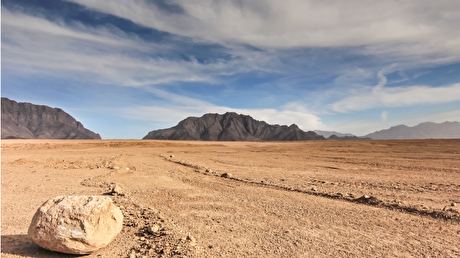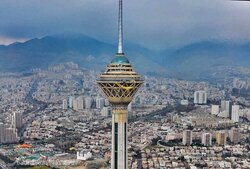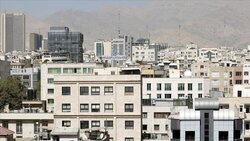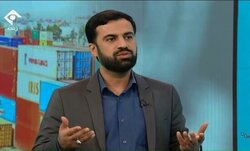
Inflation Fueled by Growing Debt

The consumer price index has grown by 35% year-on-year, according to the Statistical Center of Iran.
While GDP growth could be the result of economic stabilization after several years of recession due to harsh sanctions and economic mismanagement, a steady rate of high inflation is alarming for Iran’s economy, reads an article written by Mehdi Qodsi — an economist at the Vienna Institute for International Economic Studies and an adjunct professor at the Vienna University of Economics and Business — for the Middle East Institute. Excerpts follow:
Over the past decade, CPI has increased by 735%, while the economy has grown by only 7.2%, according to SCI data.
The Central Bank of Iran puts the figure even lower, at just 5.7%. During the same period, regional peers Saudi Arabia, Iraq and Turkey grew by 16.2%, 31.9% and 48.8%, respectively, while their CPI rose by 115%, 114% and 248%, according to data from the World Bank.
Iran’s divergent performance is the result of various sanction regimes imposed by the international community in 2011-15 and by the US since 2018. It is also the result of poor fiscal discipline caused by the dysfunctional nature of Iran’s political economy, which allows for the full interdependence of CBI and the government.
The Natural Resource Curse
Oil revenues have long been the government’s main source of income.
At the oil price peak in 2008, oil contributed 30.7% of Iran’s GDP (see Figure 1). After the international community intensified sanctions, the share of oil in Iran’s GDP fell significantly, dropping to just 10.6% in 2015. As Figure 1 illustrates, the general government budget relative to GDP during 1997-2020 has tended to move in lockstep with oil’s share of GDP, but fluctuations have typically been of a smaller magnitude.
When oil revenues fell short of the government budget, the government sought alternative sources of revenue. These are poorly developed and hard to find, given the size of the tax-exempt public economy, meaning the government has often had to turn to borrowing as a last resort.
Options at its disposal include borrowing from the banking system by issuing Islamic bonds, from the National Development Fund of Iran, from the CBI by printing money, and from the sale of government assets through informal channels and Tehran Stock Exchange.
These mechanisms have usually contributed to a substantial increase in the monetary base due to limitations on Iran’s financial and capital markets, which are cut off from the global economy.
Although in the past, oil revenues exceeded the general government budget, Iran allocated part of the budget to repay previous debt at maturity. But when oil revenues are so low that they cannot cover the matured debt, the amount of borrowing exceeds the previous debt repayment.
Only in 1999-2001 under President Mohammad Khatami was the government’s net borrowing negative (see Figure 1), meaning part of the government debt was being paid off without creating new debt.
In all other years, governments have been borrowing more than they were repaying. Fiscal discipline was at its worst in real terms in 2006-09 under ex-president, Mahmoud Ahmadinejad, despite the peak in oil revenues, and during ex-president, Hassan Rouhani’s second term (2017-21), especially since the US reimposed secondary sanctions in 2018.
Large Public Economy, Growing Public Debt
Before every fiscal year, the government submits the national budget bill to parliament for legislating.
According to the Supreme Audit Court, however, the total budget of public enterprises — i.e., all publicly owned companies, banks, and institutions — has been much larger than that legislated in recent years (see Figure 2).
As per the annual reports of SAC, over the past four decades, the total national budget, including both the general government budget and that of public enterprises, has increased from 40% of GDP (per CBI figures) in 1980 to 91% in 2018.
According to nominal GDP figures furnished by SCI, the relative size of the national budget reached a peak of 78% in 2011 before the international community ramped up sanctions.
Looking at both sources, it is clear that most of Iran’s economy is controlled by the public sector and only a small portion is controlled by the private sector and semi-public enterprises.
Source: Financial Tribune

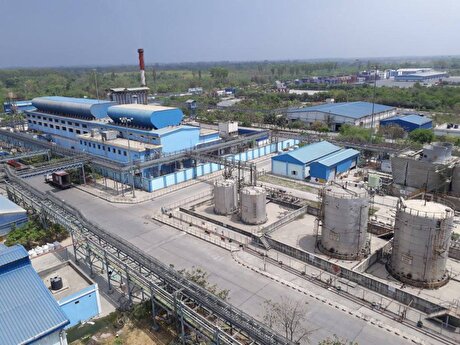
Hindustan Zinc to invest $438 million to build reprocessing plant
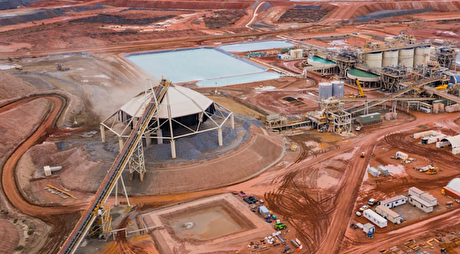
Gold Fields nears $2.4B Gold Road takeover ahead of vote

Gold price edges up as market awaits Fed minutes, Powell speech

Glencore trader who led ill-fated battery recycling push to exit
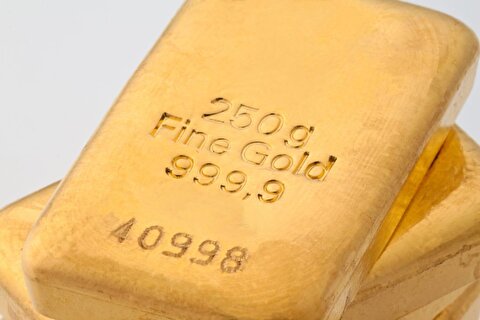
UBS lifts 2026 gold forecasts on US macro risks
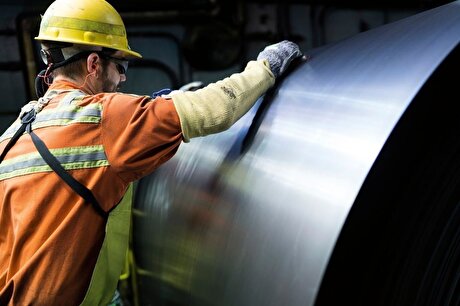
Cleveland-Cliffs inks multiyear steel pacts with US automakers in tariff aftershock

Antofagasta posts biggest profit margins since 2021

EverMetal launches US-based critical metals recycling platform

Roshel, Swebor partner to produce ballistic-grade steel in Canada

Nevada army depot to serve as base for first US strategic minerals stockpile

Emirates Global Aluminium unit to exit Guinea after mine seized

Tailings could meet much of US critical mineral demand – study

Codelco cuts 2025 copper forecast after El Teniente mine collapse
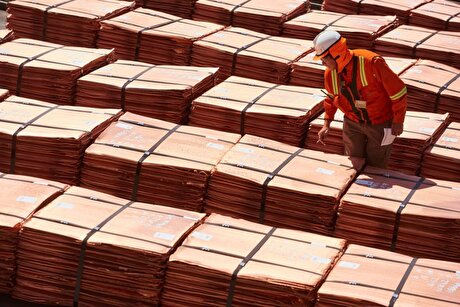
Glencore targets 1Mt of copper in Argentina over coming decade

Viridis unveils 200Mt initial reserve for Brazil rare earth project

SQM boosts lithium supply plans as prices flick higher

Abcourt readies Sleeping Giant mill to pour first gold since 2014

Roshel, Swebor partner to produce ballistic-grade steel in Canada

EverMetal launches US-based critical metals recycling platform

Nevada army depot to serve as base for first US strategic minerals stockpile

Tailings could meet much of US critical mineral demand – study

Codelco cuts 2025 copper forecast after El Teniente mine collapse

Glencore targets 1Mt of copper in Argentina over coming decade

Viridis unveils 200Mt initial reserve for Brazil rare earth project

SQM boosts lithium supply plans as prices flick higher

Abcourt readies Sleeping Giant mill to pour first gold since 2014

EverMetal launches US-based critical metals recycling platform

Iron ore price dips on China blast furnace cuts, US trade restrictions
